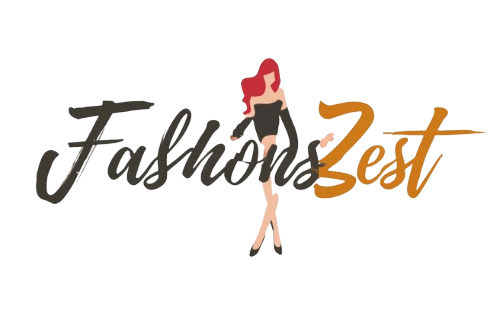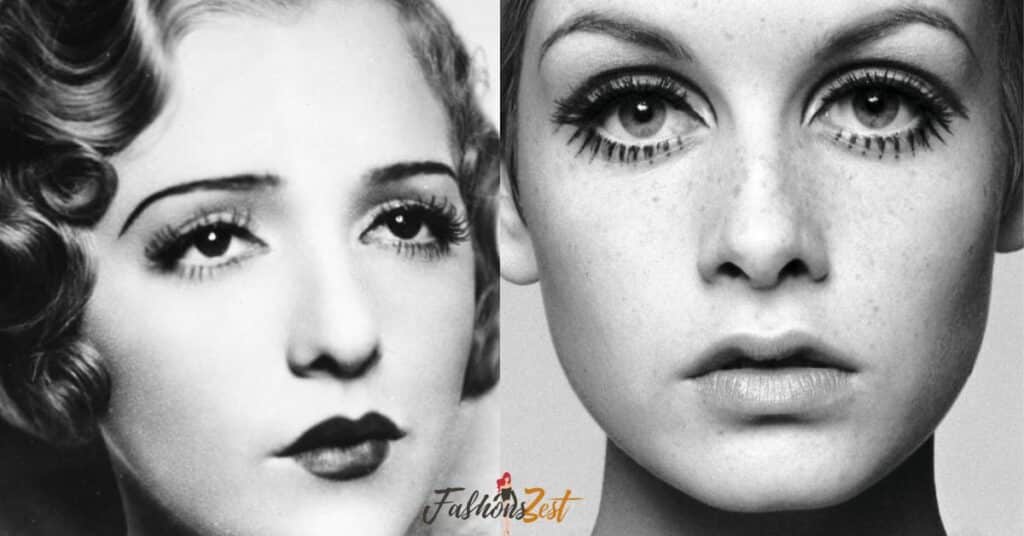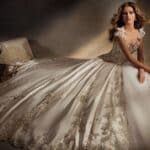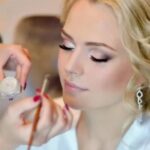Welcome to the fascinating journey through time where beauty meets innovation the history of eyelash extensions. Delving into the origins of this transformative beauty trend, we uncover a narrative that spans centuries from ancient civilizations to the modern glam era.
In the ancient sands of Egypt around 3500 B.C., both men and women sought longer lashes not merely for beauty but as a shield against the harsh sun. Fast forward to 753 B.C., where the Romans embraced long lashes as symbols of morality and youth using materials like burnt cork and coal for enhancement.
The Middle Ages witnessed a lash hiatus due to societal views but Queen Victoria’s perfumer in the mid-1800s brought mascara into the limelight. The 20th century saw Hollywood’s influence with actresses donning false lashes and by the 2010s, the eyelash extension industry had boomed, offering safe creative and comfortable options for lash enthusiasts. Join us as we unravel the twists and turns of eyelash extension evolution, where the desire for luscious lashes transcends time.
753 B.C: Origins of Lush Lashes
In 753 B.C., the allure of lush lashes took root in Roman culture. Romans embraced the belief that longer eyelashes symbolized morality and youthfulness. To achieve this desirable look, they turned to unconventional materials like burnt cork and coal.
The fascination with voluminous lashes during this era reveals a cultural connection between beauty ideals and societal values. This historical chapter marks an early exploration into enhancing eyelashes setting the stage for the timeless pursuit of captivating eyes.
3500 B.C: Ancient Egyptian Influence
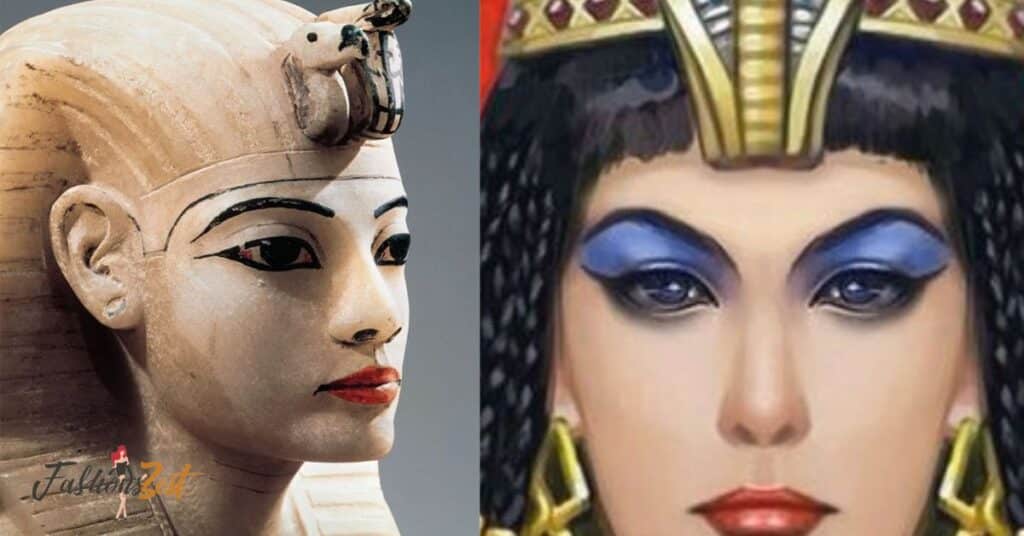
In 3500 B.C., the quest for captivating eyelashes began in ancient Egypt. Egyptians used brushes and ointments like malachite to achieve fluttery lashes driven not just by beauty but also by practicality against the harsh sun.
Both men and women embraced this beauty ritual, emphasizing the significance of long lashes. This ancient practice laid the foundation for the enduring desire for luscious eyelashes showcasing a timeless link between beauty and culture.
1800s: Pioneering Eyelash Extensions
In the 1800s, the aspiration for longer lashes emerged with advice in fashion publications on how to enhance them. Techniques included cutting lashes using pomade and even sewing hair into eyelids.
Painful and primitive methods like these marked the early roots of eyelash extensions. Despite the challenges, this century planted the seed for the evolving history of eyelash enhancements, where beauty and ingenuity intersected.
1899: Early Eyelash Extension Techniques
In 1899, unconventional methods for eyelash extensions emerged. According to reports, specialists performed eyelash implants using hair threaded from the person’s head. The process involved dabbing the lower lid with liquid cocaine for pain relief.
Hair was stitched onto the eyelids trimmed and curled with silver tongs, with bandaging following the procedure. While some transplants were successful others fell out highlighting the experimental and pioneering nature of early eyelash extension techniques in the late 19th century.
Early 1900s: Patenting False Lashes
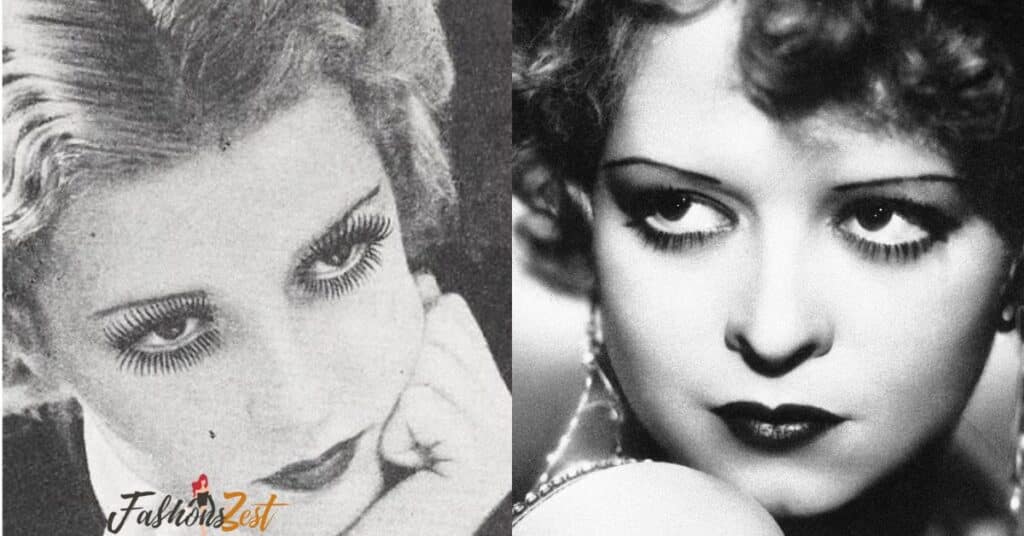
In the early 1900s, false lashes took a step towards commercialization. Charles Nessler, a German hair specialist in the U.K., patented artificial eyebrows and eyelashes. By 1911, Anna Taylor a Canadian inventor secured the first U.S. patent for strip lashes, attaching hair fibers to a fabric strip.
Hollywood played a role in popularizing false lashes, notably seen in the 1916 movie “Intolerance,” where director D.W. Griffith aimed for dramatic lash aesthetics. These early patents and developments laid the foundation for the future of false eyelashes in the beauty industry.
1916: Eyelashes in Hollywood
In 1916, Hollywood played a pivotal role in the ascent of false eyelashes. During the production of “Intolerance,” director D.W. Griffith sought heightened drama and allure for actress Seena Owen’s eyes.
Griffith instructed a wig-maker to craft false eyelashes using human hair woven through gauze, debuting an early version of eyelash extensions. Seena Owen’s prominent lashes left a lasting impact, triggering a surge in popularity. Hollywood’s influence marked a turning point, propelling false eyelashes into mainstream beauty culture.
1940: Birth of False Lash Companies
The 1940s witnessed the birth of false lash companies, marking a significant milestone in the history of eyelash extensions. In 1947, the Aylott brothers working in the film industry established Eylure, the world’s first large scale false lash production.
Their innovative approach contributed to iconic looks, including Elizabeth Taylor’s Cleopatra in 1963. This era saw a lash craze, with companies like Revlon and Max Factor joining the commercial false eyelash market. Hollywood glamour and celebrity endorsements further fueled the popularity of false lashes during the 1940s.
2000s: Emergence of Artificial Extensions
The 2000s marked the emergence of artificial lash extensions, revolutionizing the beauty industry. Originating around Japan and Korea, these extensions were lightweight, safe, and long-lasting. Celebrities like Jennifer Lopez and Madonna openly flaunted luxurious lashes contributing to the trend’s popularity.
In 2008, Korean beauty business Aesthetic Korea Co. Ltd. became the first to manufacture lash extensions on a large scale. This era witnessed a surge in innovative techniques and a booming industry, setting the stage for eyelash extensions’ widespread adoption.
2008: Mass Production of Eyelash Extensions
In 2008, a significant milestone occurred as Aesthetic Korea Co. Ltd., a Korean beauty business, initiated the mass production of eyelash extensions. This marked a pivotal moment in the industry making these beauty enhancements more accessible and widespread.
The move towards large scale manufacturing paved the way for eyelash extensions to become a global beauty phenomenon. The affordability and availability of lash extensions skyrocketed, contributing to the industry’s exponential growth. This shift in production reflected a turning point that shaped the landscape of eyelash extensions for years to come.
2021: Evolution of Eyelash Extensions Industry
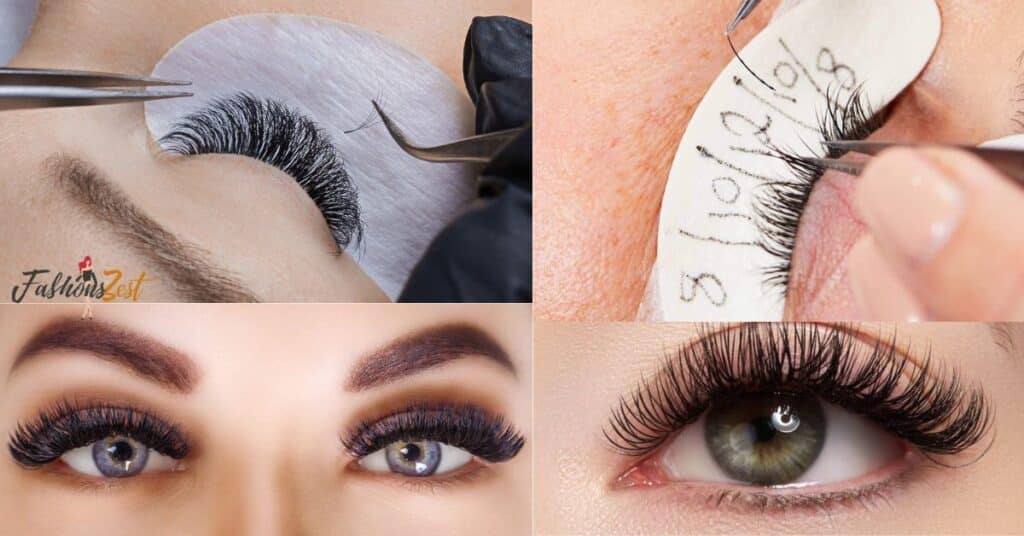
In 2021, the eyelash extensions industry experienced a remarkable evolution, showcasing innovative techniques and booming sales. Search engines recorded a 152% increase in the keyword ‘eyelashes,’ highlighting the surging popularity.
The industry’s resilience was evident as it sold over $270 million in lash extensions during the same period. Projections by ABC News suggested that eyelash extensions were poised to become a $1.5 billion industry in the coming years reinforcing their enduring appeal and market growth.
Modern Eyelash Extensions: Trends and Techniques
Modern eyelash extensions have become a prominent beauty trend with techniques continuously evolving to meet diverse preferences. From the 1990s onwards semi permanent lash extensions gained popularity, offering a more natural look and precise application methods.
Celebrities like Jennifer Lopez, Paris Hilton, and Kim Kardashian have openly embraced and popularized eyelash extensions, contributing to their widespread adoption in mainstream culture. Today, these extensions come in various styles, materials, and colors, providing a lightweight and comfortable enhancement to achieve luscious lashes.
Frequently asked questions
How long do eyelash extensions last?
Typically, eyelash extensions last 4-6 weeks with recommended touch ups every 2-3 weeks for maintenance.
Are eyelash extensions safe?
When applied by a trained technician and maintained properly eyelash extensions are generally safe but following aftercare instructions is crucial.
Can I wear mascara with eyelash extensions?
While mascara is often unnecessary water based and lash extension friendly mascaras can be used on the tips avoiding the lash roots.
Do eyelash extensions damage natural lashes?
Correctly applied and cared for eyelash extensions should not damage natural lashes but improper application or excessive weight can lead to damage.
How should I clean my eyelash extensions?
Clean eyelash extensions gently with a lash cleanser or diluted oil free baby shampoo avoiding oil based products.
Can I swim or shower with eyelash extensions?
Yes, but it’s advisable to avoid prolonged water exposure especially within the first 24 hours after application.
What is the difference between classic and volume eyelash extensions?
Classic lashes involve one extension per natural lash for a natural look while volume lashes use multiple finer extensions per natural lash for a fuller effect.
How long does the application of eyelash extensions take?
The application process typically takes 1.5 to 2.5 hours, depending on the desired look and the technician’s expertise.
Conclusions
In conclusion, the captivating journey of eyelash extensions traverses millennia, evolving from ancient Egyptian beauty rituals to the sophisticated customizable artistry of the present day. The fascination with lush lashes present since 3500 B.C., reflects not only aesthetic preferences but cultural and societal values.
From perilous techniques in the 1800s to the patenting of false lashes in the early 1900s, each era contributed to the development of this beauty enhancement. Hollywood’s influence in 1916 propelled eyelash extensions into the limelight setting the stage for widespread popularity in the 20th century.
The modern era witnesses advanced techniques, materials, and trends making eyelash extensions a global beauty phenomenon. As we celebrate the industry’s growth it is essential to acknowledge its rich history appreciating the ingenuity and artistry that have transformed the simple desire for alluring lashes into a thriving and ever evolving beauty practice. The history of eyelash extensions encapsulates a narrative of innovation, cultural shifts, and an enduring pursuit of enhancing natural beauty.

David a seasoned professional with 5 years of expertise in the fashion industry, brings creativity and passion to our website. Explore his rich background and insights in the dynamic world of fashion.
